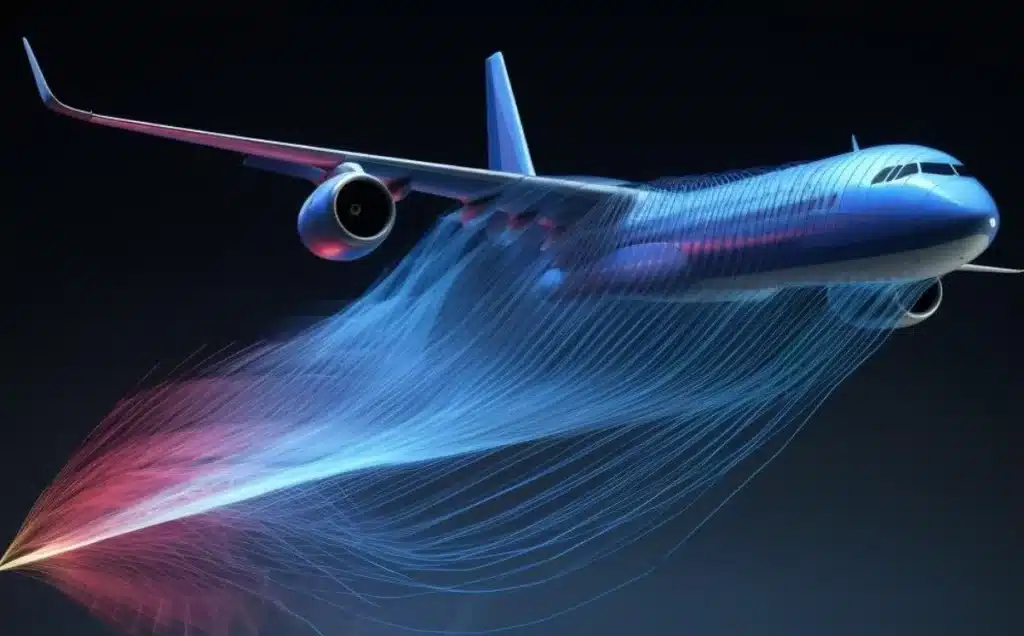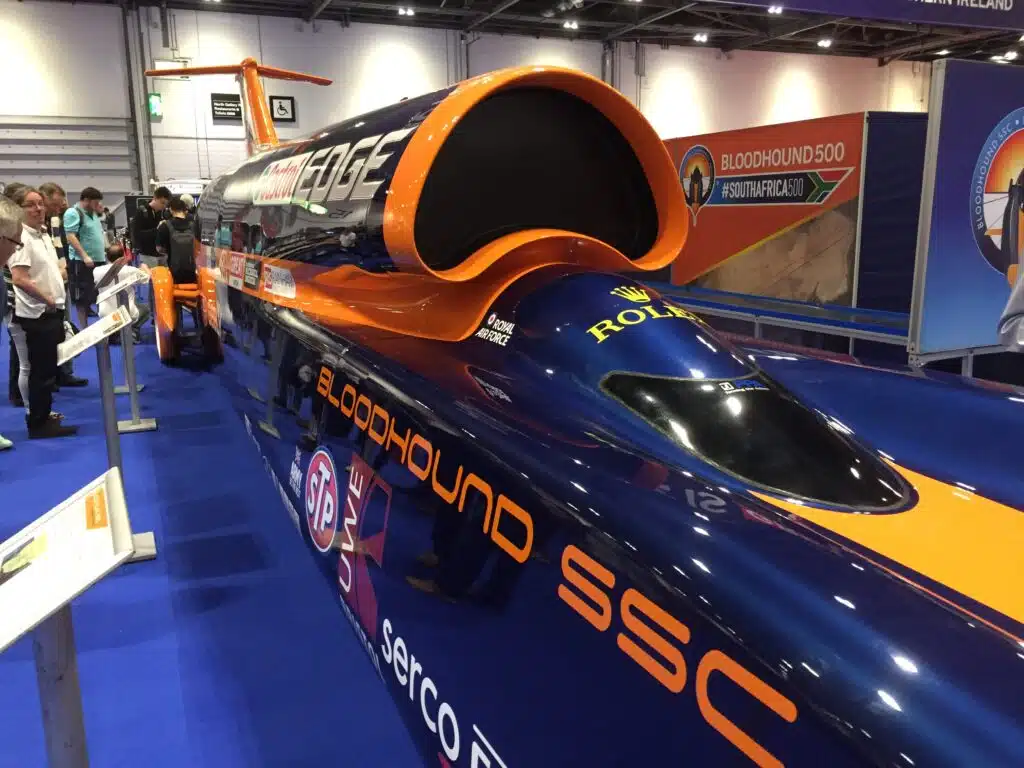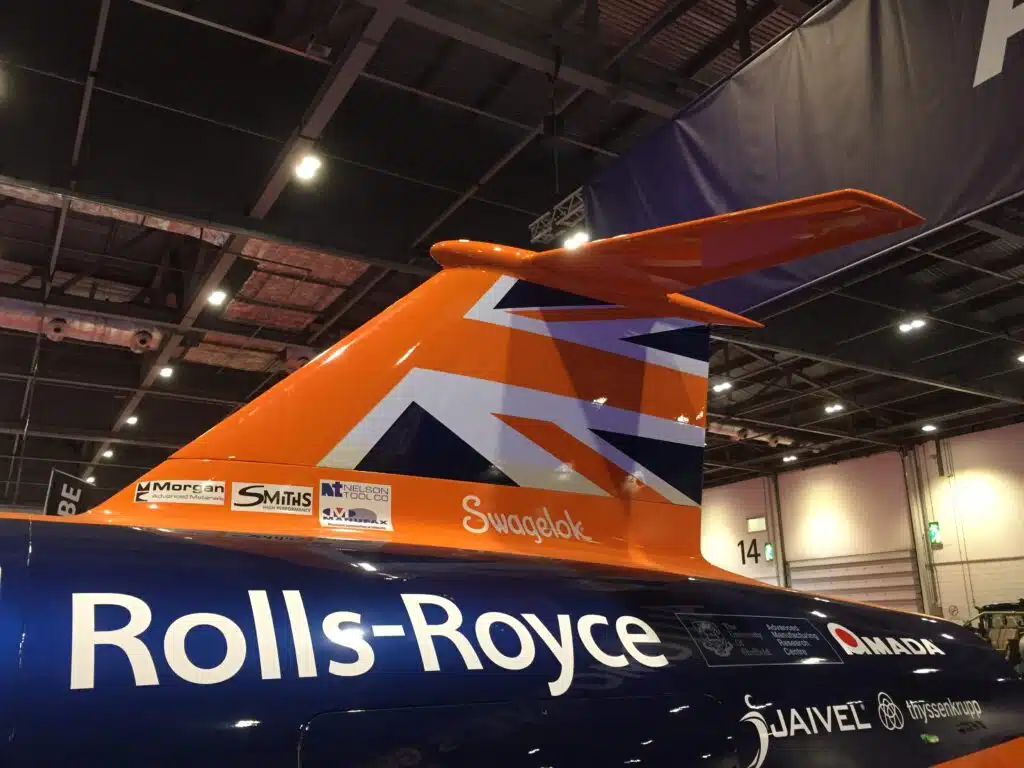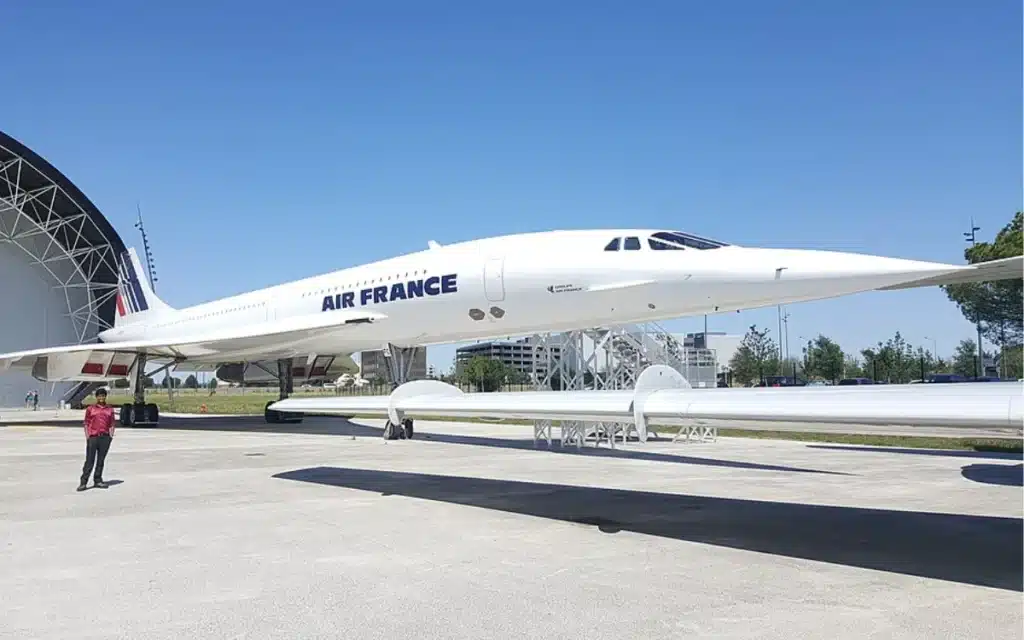Animation shows just how fast the speed of sound actually is
- On average, sound travels at around 343 meters per second
- Only a handful of vehicles can reach, or even beat, that speed
- With this animation, you can tell the speed of sound ‘looks’ fast as well
Published on Feb 07, 2024 at 9:20 PM (UTC+4)
by Alessandro Renesis
Last updated on Feb 08, 2024 at 7:30 PM (UTC+4)
Edited by
Adam Gray
The speed of sound is something that can only be achieved by certain vehicles in certain conditions.
For this reason, we never really visualize it, in that we don’t know what it looks like, and perhaps we never even wonder.
Thanks to the animation you see here, however, we can finally get an idea.

READ MORE: Stargazer is a new hypersonic plane that will fly from New York to Tokyo in one hour
In the animation, you can see that the speed of sound is fast – and it ‘looks’ fast.
On average, sound travels at 343 meters per second in dry air at 20° Celsius.
However, it can vary depending on different factors.
In Earth’s atmosphere, the speed of sound varies from 660 mph (1,060 km/h) at high altitudes to around 790 mph (1,280 km/h) at lower altitudes.
The fastest car in the world, the Bloodhound LSR, can achieve 628 mph (1,010 km/h), which is one of the few ways you can get close to the speed of sound on land.


But things are different in the air.
A long list of aircraft can achieve, or even beat, the speed of sound.
However, most of these aircraft, in fact of all them, are military jets.
For example, the F-14 Tomcat featured in the original Top Gun movie (1986) can easily achieve Mach 2.34 or 2,485 km/h.
The only commercial aircraft that’s ever been capable of going faster than sound was Concorde.


And it’s ironic because Concorde’s sonic boom, the loud noise generated when an object travels through the air faster than the speed of sound, is one of the main reasons it’s no longer around.
Not only that, the sonic boom is and always has been a deal breaker when it comes to potential commercial supersonic flights.
Back when it was operational, the Concorde was banned from entering the airspace of certain countries precisely because it sonic boom was too loud.
NASA is currently working on a supersonic passenger jet called X-59, and one of the reasons they’re confident this project might see the light of day is they figured out a way to mitigate the sonic boom.
So stay tuned.
DISCOVER SBX CARS: The global premium car auction platform powered by Supercar Blondie




